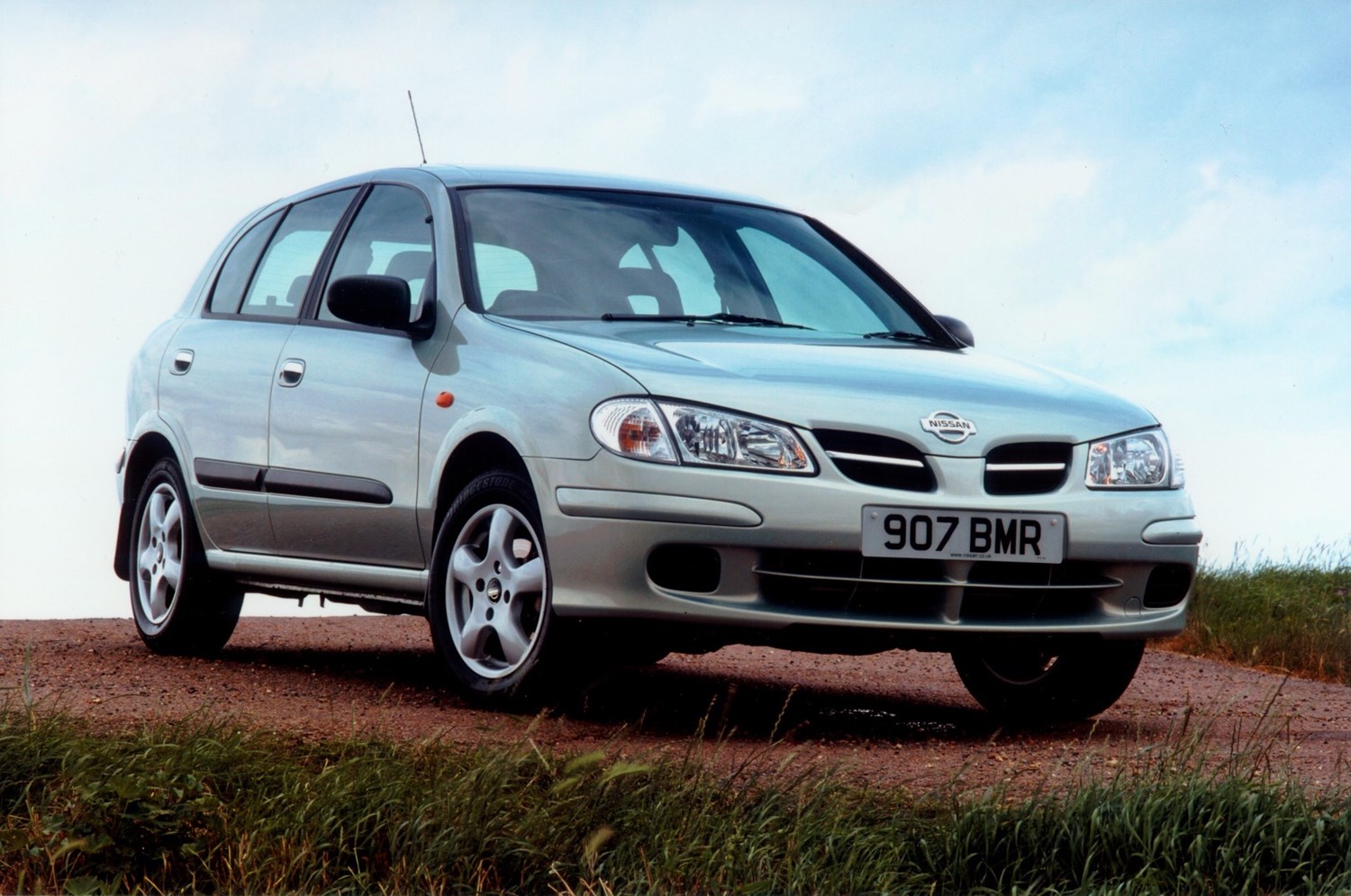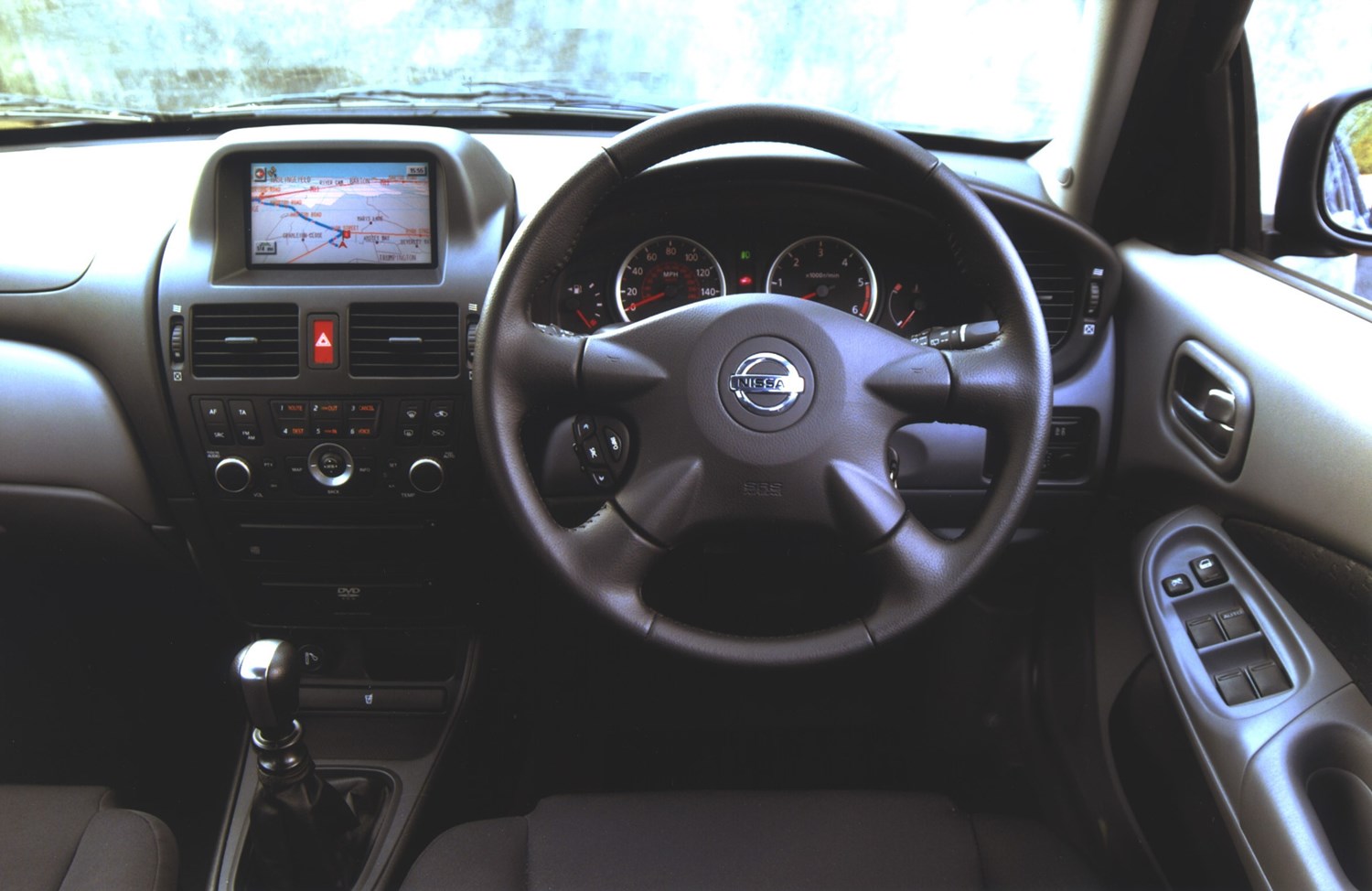Latest model
The only major update over the course of the second-generation Almera came in late 2002 in the form of a mid-life refresh. Featuring a design influence from the larger Primera hatchback, it received a sharper front end, redesigned lights and a range of new alloy wheel designs.
Inside, the Almera benefited from an updated centre console layout, along with improved engines offering enhanced performance, with no impact on efficiency.
Production of the European Nissan Almera would come to a close in 2006, with the Japanese firm launching the Qashqai crossover in its place – something that would prove to be a hugely lucrative move over the years, with Nissan essentially establishing this SUV segment.
Value for money
Nissan always prioritised value for money, and the Almera was a very attractive buy when it was new thanks to a sub-£10,000 starting price, which put it right on the money next to many rivals.
However, with Nissan not selling the Almera in the UK for more than 15 years, used cars are now the only route you can go down, and if you’re after a cheap and reliable runabout, there’s plenty going for this hatchback. Facelift 2003 models are the ones to go for thanks to their more attractive styling and additional standard equipment, with remote locking and air conditioning included on all versions, along with useful rear parking sensors from mid-spec SE cars upwards.
Around £1,000 buys you a well-maintained car with 80,000 miles on the clock, with £1,500 getting you a tidy example. Prices rise to £2,500 for the best models, depending on how much you want to spend.
Looks and image
Even though the Almera hasn’t been sold for a number of years, it remains quite a smart-looking choice, particularly the later facelift cars that get a more angular front end. Its round shape doesn’t look too bad by modern standards, either, while if you opt for a top-spec SVE model, smart alloy wheels are also fitted.
Moving inside, the Almera gets a fuss-free interior with a simple, uncluttered layout that makes changing the volume or the climate settings, for example, easy on the move. Though top-spec models get carpeted door cards and part leather upholstery, the overall quality is quite low, with the Almera having a cheaper-feeling interior representative of the times. While some models get a satellite navigation display, we’d be tempted to not bother, as screens like these date the interior further, and will feature such outdated maps that you won’t be able to get much use from it.
Behind the wheel, the Almera is a safe and sensible choice, though there’s little in the way of excitement. It’s competent, and nimble enough for a run-of-the-mill hatchback, while light steering makes it good around town and easy to park. The ride is generally comfortable too, though it can sometimes feel a bit unsettled around town.
 app
app




